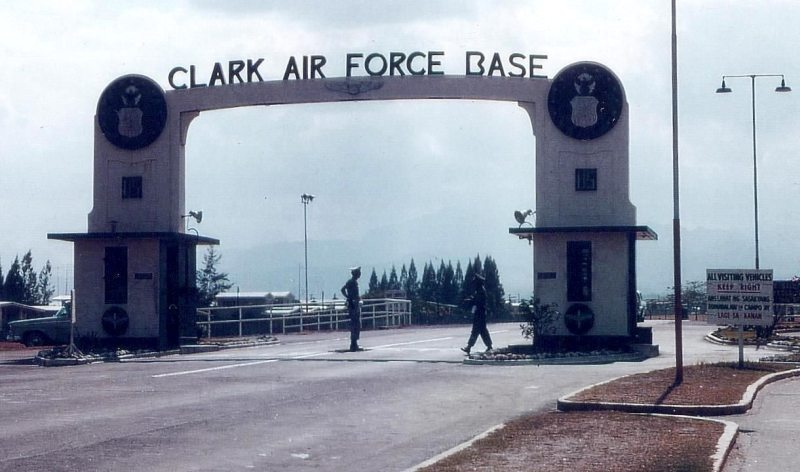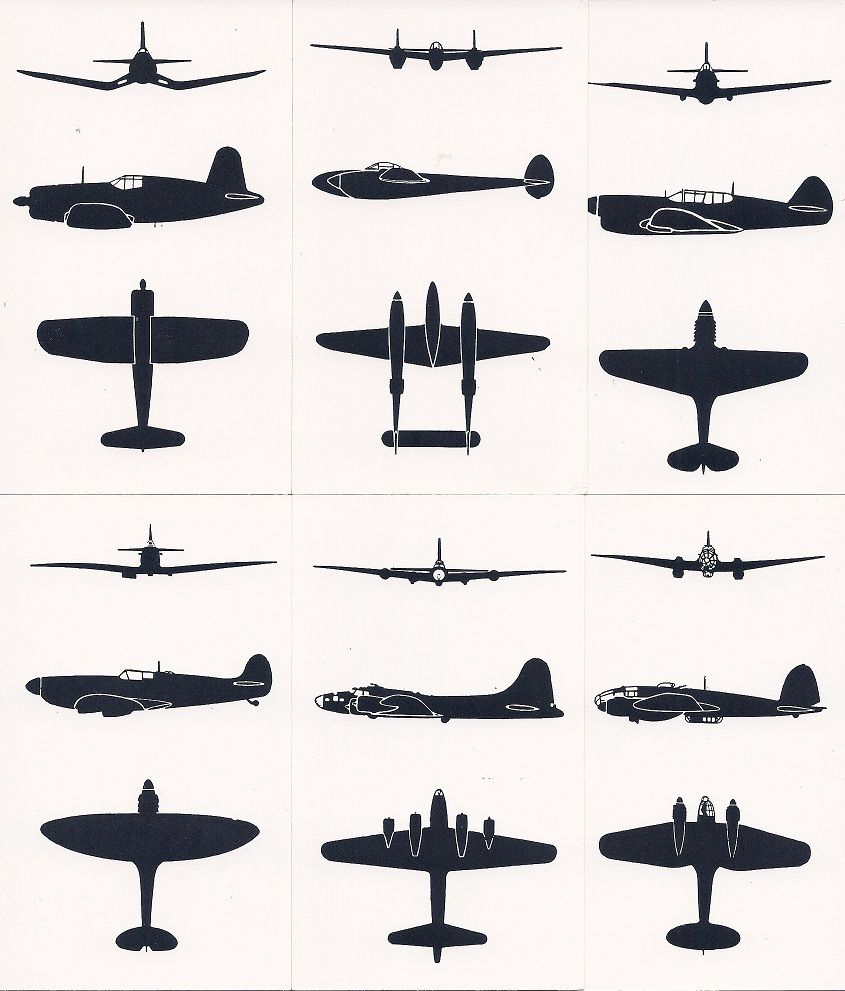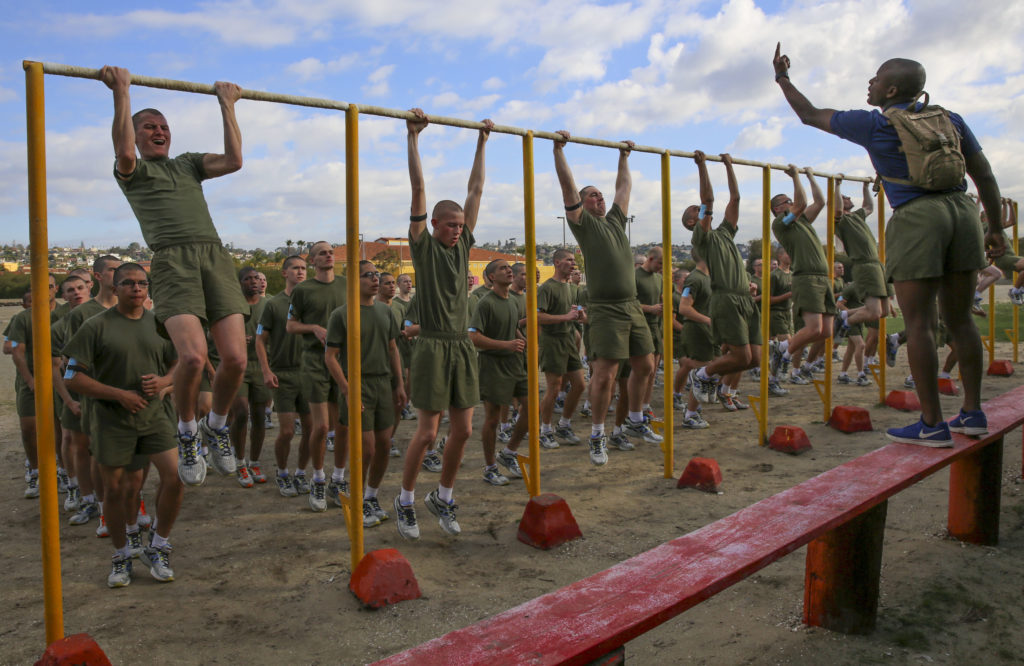My Service Stories: Okinawa – Part 3
I spent two years stationed in Okinawa. Of those two years, I also got to visit South Korea, mainland Japan, the Philippines, Thailand, Singapore and the Persian Gulf. It was the adventure I signed up for! As I mentioned earlier, … Read More »



